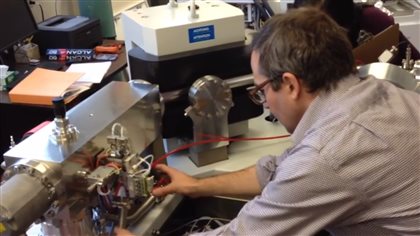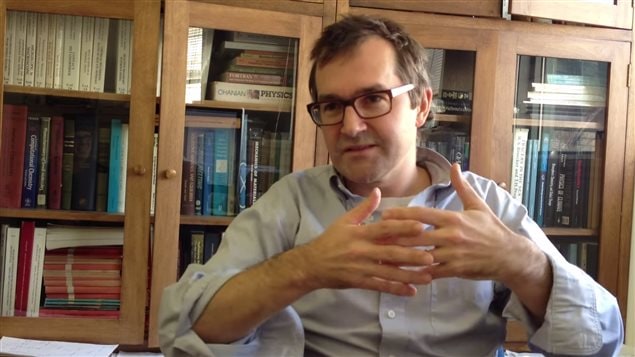When it comes to living organisms, bit or small, when something goes in one end, something else eventually comes out the other end. In other words, if you eat, you poop.
Researchers in Canada and Israel have been studying the chemical traces of microbial excrement to determine what climate conditions existed on earth in eons past.
Boswell Wing (PhD) is an associate professor of Geology and the Dawson Chair of Geology at McGill University in Montreal Canada.
ListenMicrobes are the oldest and most basic forms of life. On earth they’ve been around for several billion years.

Microbes digest organic matter and by studying the chemical traces of microbial excrement found in ancient geological formations, scientists have long felt they could determine earthly environmental conditions in which the microbes were living and feeding.
This would include such things as global temperature and carbon dioxide and oxygen concentrations. By chemically analyzing fecal results of different levels of such inputs in the lab, researchers can speculate with a good level of certainty on the conditions of earth as it evolved over those eons
While this was a long known theory, researchers at McGill and Israel’s Weizmann Institute of Science have now developed a technique to do just that. They focussed their efforts on a common and widespread microbe living on the ocean floor and which breathe on the sulfate in seawater where oxygen is in very low concentration.
In times of limited resources, the microbes are more selective and “fractionate” or trim off sulfur if it is neutron or two heavier than normal, while in times of rapid growth they fractionate less and simply take what’s available.
Researchers Wing, and Itay Halevy in Israel have developed the technique to read these traces and determine conditions which existed on earth at the time.
Earth’s evolution and climate change by reverse analysis of microbe poop

They can determine how as the earth changed microbes evolved and evidenced by what they left behind, they are now able to add to their knowledge of earth’s climate evolution.
Itay Halevy says of their newly developed technique, “It can be applied to many other microbial metabolisms that are important to earth system functioning today, from the denitrifiers that drive Earth’s nitrogen cycle to the microbes that produce the greenhouse gas methane.”
Their findings are published in the Proceedings of the National Academy of Sciences (PNAS)







For reasons beyond our control, and for an undetermined period of time, our comment section is now closed. However, our social networks remain open to your contributions.